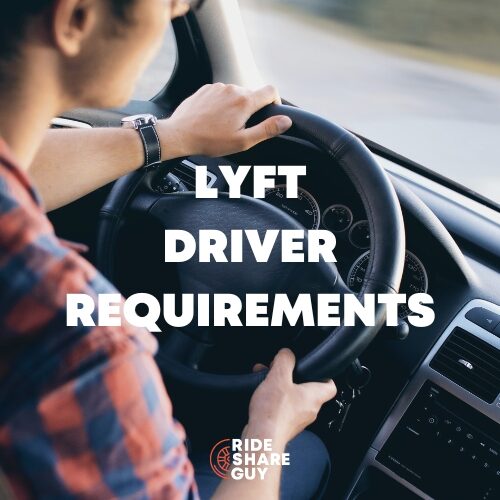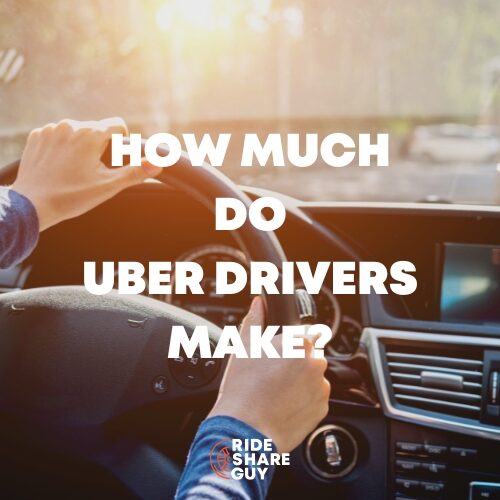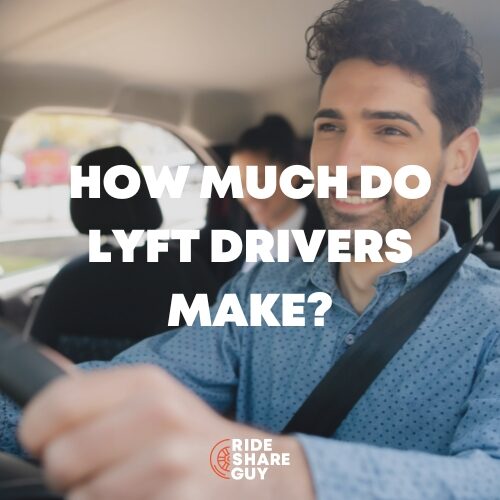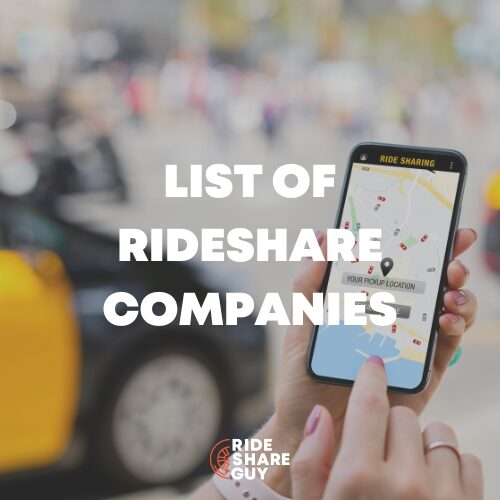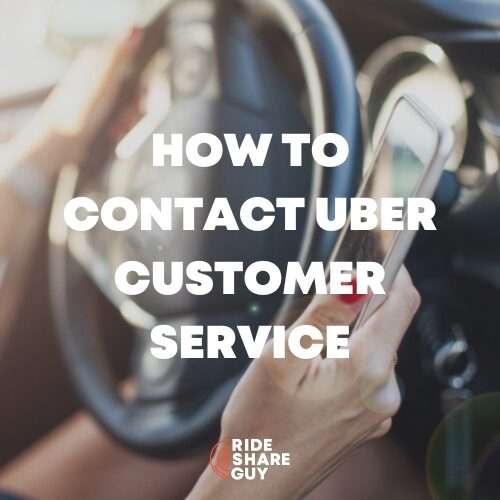Drivers are the key to Uber and Lyft’s success: without drivers, at least for now, Uber and Lyft couldn’t exist. However, according to a Rideshare Guy driver survey, drivers are still leaving in record numbers. Senior RSG contributor Jay Cradeur covers what Uber is doing to combat this problem – and you might be shocked by what he finds.
Uber and Lyft have a big problem. You don’t have to be a rocket scientist to see it: out of every dollar that Uber and Lyft generate, somewhere between 50% to 90% is going out to the drivers, including for driver recruitment costs and more. If you take a look at the payment detail of any trip, you will see that some rides earn Uber a tidy sum in the 50% range. However, I have also seen rides in which Uber lost money due to extremely high surge payments on short rides. Either way you look at it, a significant portion of the revenue goes out to drivers.
However, without drivers, Uber and Lyft would not have a business. While AVs (autonomous vehicles) loom large for the future, they are not ready to replace drivers just yet. With Uber and Lyft’s venture capital-fueled low rates, it’s no surprise Uber and Lyft are not profitable.
Given that these behemoths are not profitable, and their biggest expense is the driver, what can a company do? In this article, we will look at the many ways Uber and Lyft have attempted to recruit and maintain a fleet of drivers while also moving toward profitability.
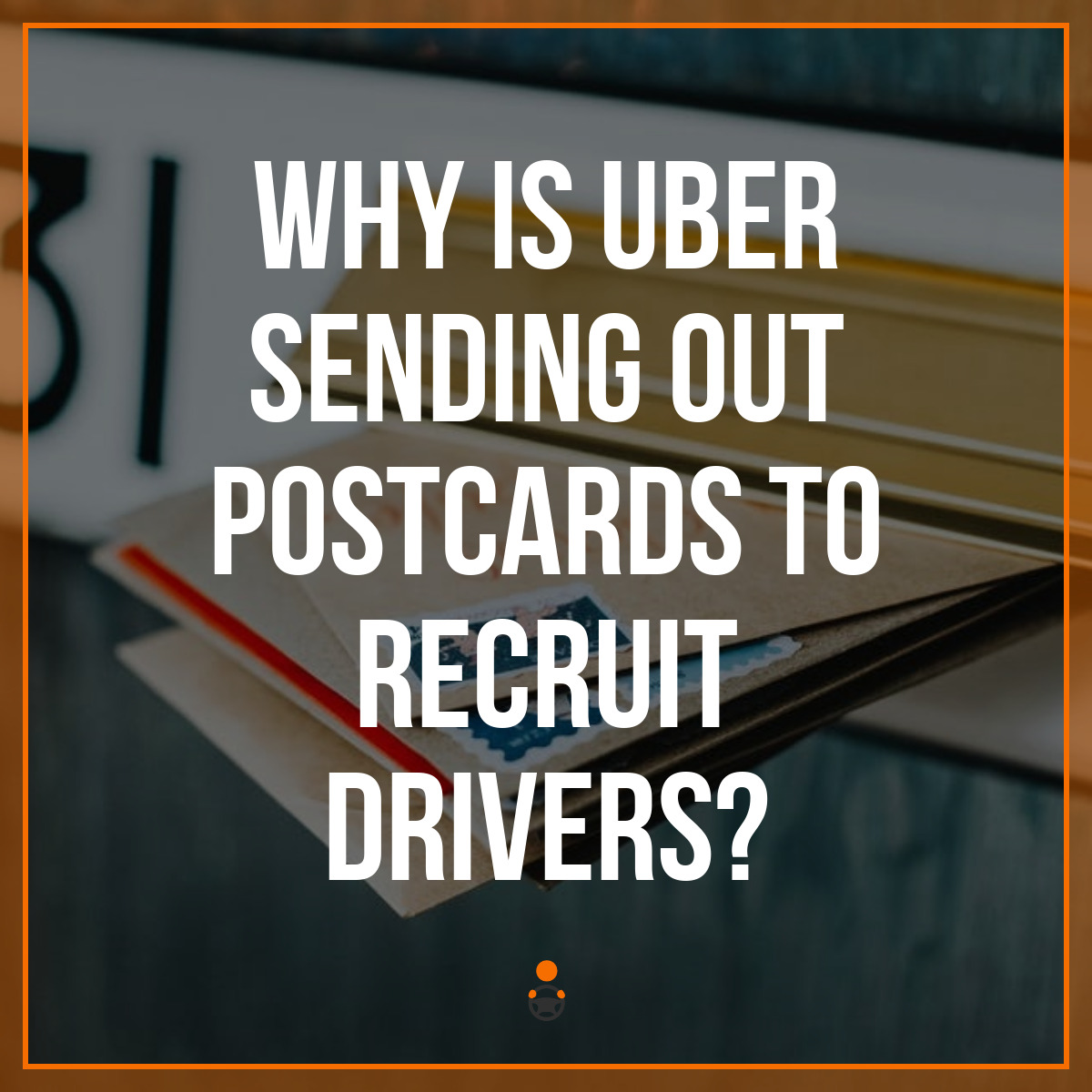
Why Are Drivers Disillusioned with Uber?
Uber’s effective commission did not fluctuate in the past. In the good old days, the driver was paid a certain percentage of the passenger’s fare, less a safety fee.
In my case, I was paid 80% of a Lyft fare and 75% of an Uber fare. For example, let’s say I made a Lyft pick up and drove my passenger to the airport. If the passenger paid $30 plus a safety fee, I would have earned $24 (80% of $30).
To take this example even further, let’s say the ride had a Prime Time value (a multiplier) of 100%. Then this passenger would have paid $60 for the trip and I would have earned $48. As I said, those were the good old days.
In 2017, both Uber and Lyft made a significant change to the driver pay structure. Much like when the United States in 1971 went off the gold standard, Uber went off the passenger’s fare as the means to calculate the driver’s revenue. Instead, time and distance would be the new measure.
As you can see in this screenshot, I am now compensated based on how many miles I drove and how long the trip took.
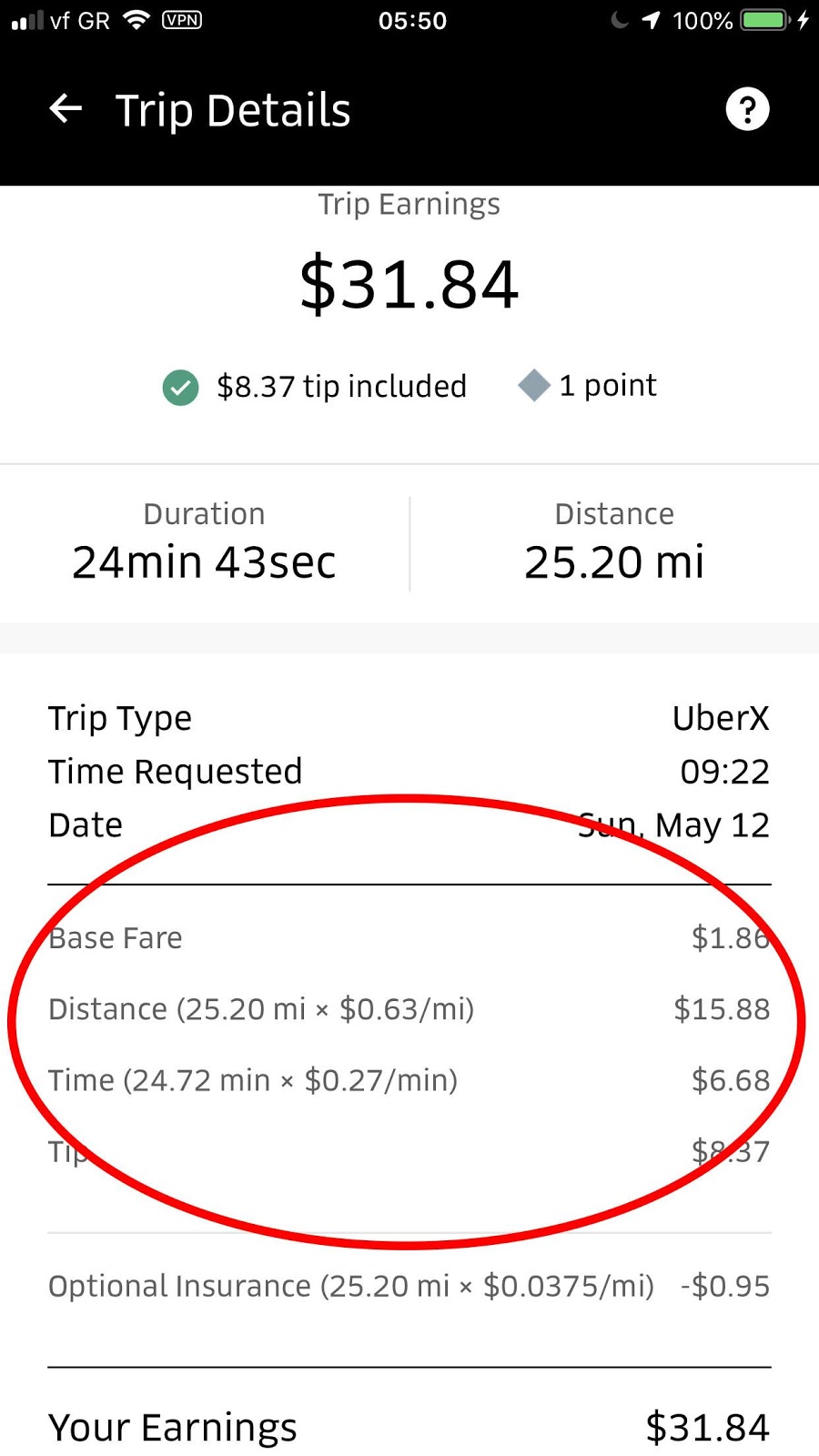
Some markets also have a base fare as a starting point. This new way of paying drivers allows Uber and Lyft to charge the passengers any rate, and it will not have an impact on the drivers’ compensation. Also, Lyft and Uber can change the per mile and the per minute rate at their discretion.
The driver’s pay no longer has any relationship to the passenger’s fare. Therefore, you can see some very dramatic percentages when contrasting driver pay to passengers’ fares.
As a driver, this is frustrating and it’s no wonder that many drivers burn out after a few months of driving for Uber.
Uber and Lyft Lower Rates
With drivers’ compensation no longer tied to passengers’ fares, we have seen Uber and Lyft, often in tandem, lower rates for drivers. Toward the end of 2018, the per mile rate in San Francisco was significantly lowered, while the per minute rate was minimally increased.
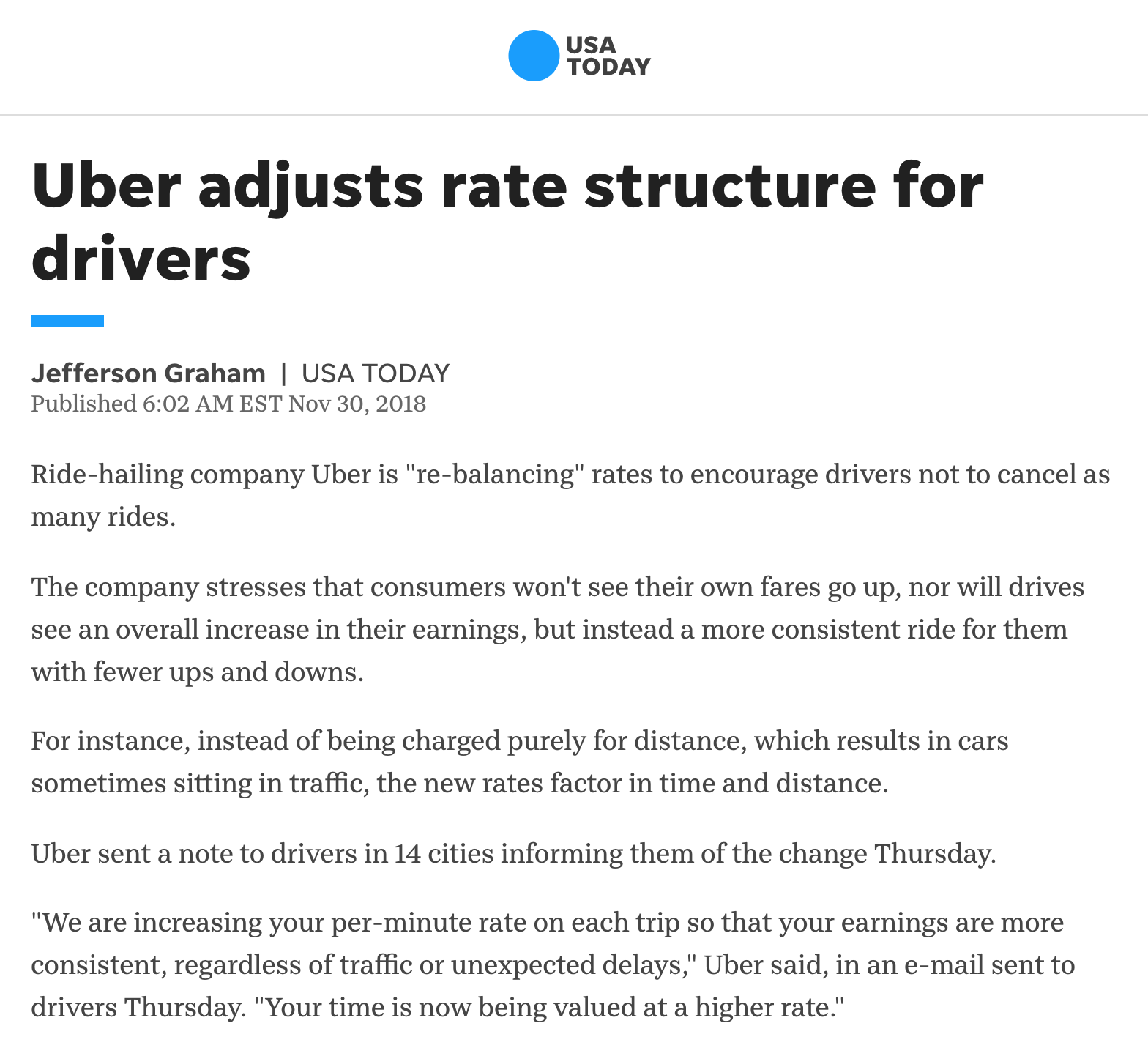
I calculated this rate change cost me $3-4 dollars on an airport run, and I would lose $10 on a trip from San Francisco to San Jose.
Earlier this year, Uber decimated the Los Angeles drivers’ mileage rate by 25% while only minimally increasing the per minute rate. I calculated the net decrease to be between 10% to 20% depending on the type of driver. As a result, Los Angeles drivers went on strike.
Live at the LA Drivers Strike:
A Postcard Campaign
With all of this dissatisfaction among Uber drivers, what do you think Uber has done to make drivers want to stay and drive longer? After all, a more seasoned driver is a better driver, in general. Is Uber increasing rates for long-timers? Offering them special incentives?
Of course not – Uber is just focused on recruiting more drivers! Uber has taken to direct mail in order to reach out to unsuspecting potential drivers. Here is a postcard Harry received in the mail in Los Angeles:
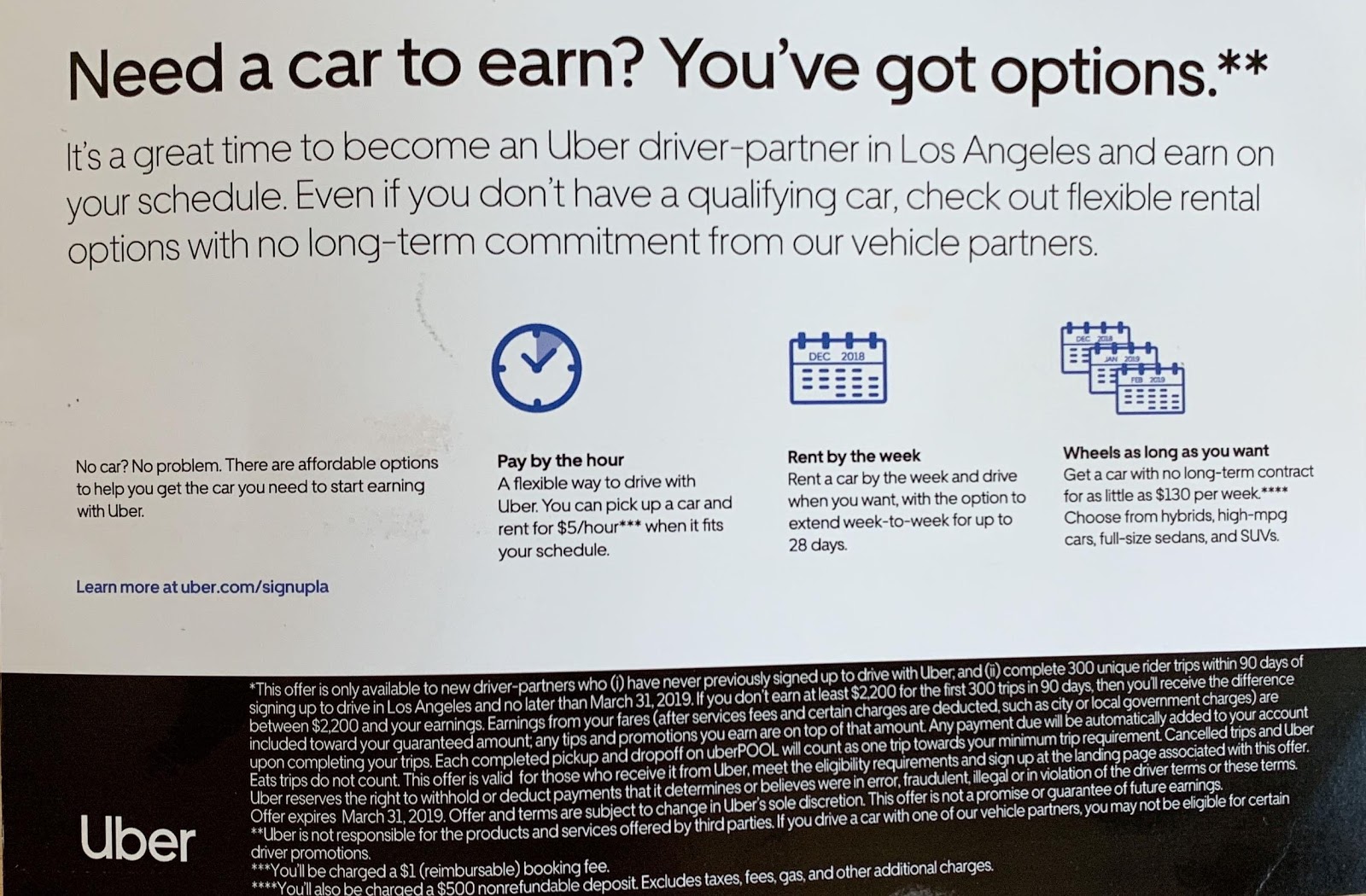
As you can see, Uber is putting an emphasis on how easy it is to get a car and start earning. If Uber needs to use a postcard to recruit drivers, what does it say about their retention rate?
In the black footer of the postcard, Uber offers one of their earnings guarantees, which only pays out if the driver primarily takes short trips. You can watch my video about the postcard here:
Key Takeaways
Uber and Lyft have really messed up. We, the drivers, are the most important component of their business, and yet they have managed to repeatedly treat us with disdain and disrespect. We are the most “customer facing” component of their business, and we have barely a kind word to say about our “partners.”
Instead of trying to turn over a new leaf and begin to treat us like true partners, the perks are taken away while our rates are cut and our earnings are reduced year after year. Their solution: Fresh Meat!
This postcard campaign will work. There are always people who need a job, a way to make some fast cash. I recently got my daughter started with Uber and Lyft because it is a perfect way for her to make some money over the summer before she resumes her studies. But it has been a very unpleasant ride for those of us who have committed to Uber and Lyft for the long haul. If greed is good, then Uber and Lyft are doing great. The drivers, not so much. Be safe out there.
Readers, have you seen these postcards around your city? What do you think of this tactic by Uber?
-Jay @ RSG
